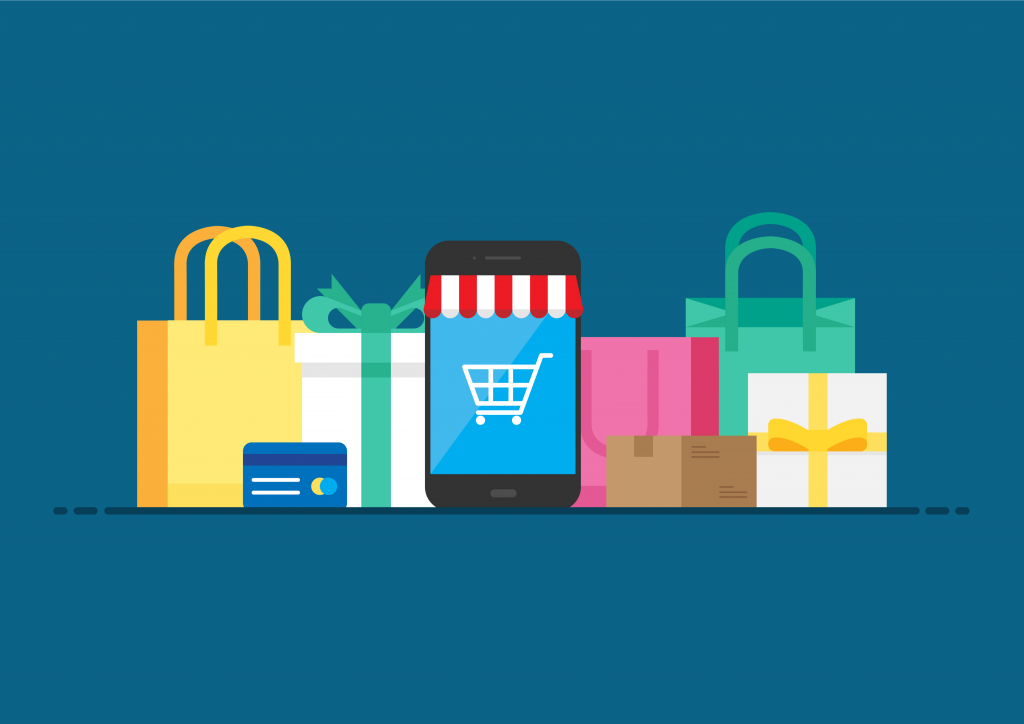
E-commerce has taken off worldwide and hence the focus has fallen on the packaging options available.
For start-up brands entering the market, designing packaging is as important as designing the product you are selling. It has a part to play in marketing your item, so thought needs to be given to how attractive it is to consumers. But there are other key points you need to ask yourself when you settle on packaging design.
Today we speak with Shaun Bryce of Melbpack Packaging who shares with us, his more than 35 years experience in the packaging industry, some of the key considerations e-commerce startups need to take into account when designing their packaging.
Is the packaging durable?
It’s the primary function of packaging to protect the product inside it from shifting and from outside elements. There are specific considerations. If the item is fragile, the packaging needs to be very strong. It may also need filler to buffer the objects. With liquid products, thought needs to be given to making packaging airtight to prevent spillage.
When working with edible items, or those specific to the pharmaceutical or chemical industries, the packaging needs to seal the item from the outside too. Plastic and glass are preferable as they are inert. Sealing off products from exposure to air helps it retain freshness and flavor and can extend the shelf life.
Is it safe while being transported?
The outer layers of the packaging are important to protect the product while it’s being shipped. It has to do with offering strength when goods are stacked on top of one another. The items need to be protected from the weight of the load above them. If the design is not taken into consideration, the packet at one end with bear most of the weight. If not, cases can split at the corners or become dog-eared.
Ways to resolve this include:
- Choosing the correct ply (3 ply, 5 ply or 7 ply)
- Handles or indents on the sides of packets
If the items are being shipped over long distances, then wear and tear and protection from the elements (humidity, for example) is important. If they are being transported in freezers or stored in cold warehouses, then specialized packaging material is needed.
How can it help me save costs?
The factors here to consider are:
- The material you use
- The labour you use
- How many layers of packaging you use
- Printing costs
- Wastage incurred (can be reduced with planning and reel size). A simple change to the design could mean you get to produce more packaging without increasing your materials bill. If there is waste, is it recyclable?
Cost savings are more of an issue with low-cost items. With more expensive items, the target market isn’t as sensitive to small tweaks in costs. Improving the packaging will be covered by the buyer without affecting sales. Mass base items cannot absorb the costs of expensive packaging, however. That’s why the dimensions of the product have to be scrutinized. The package needs to be the optimal size to accommodate the item – neither too small nor too large. You want to optimize costs.
Box packaging is becoming more popular as it is a very sustainable and cost-effective option. You can familiarise yourself with the principal terms used if this is the packaging solution you choose.
- A corrugated board refers to a fluted paper that is stuck to a flat sheet of paper. Fluted paper is made in a wavy shape.
- Ply refers to the way the fluted paper is placed. For example, 3 ply is a fluted paper between two sheets of flat paper. Five ply has two fluted papers between three flat ones.
- Compression strength refers to the load a box can tolerate before it begins to bend or is deformed.
- Conditioning refers to achieving the right environment for the box so that it isn’t damaged (for example, the right humidity, and temperature).
- Gloss gives the substance shine and can be achieved using a film of plastic or paper that is glossy, which changes the appearance of the box.
One more thing, have you considered the experience of opening your packaging? You want the customer to enjoy the process, not be annoyed by it. You can do so using packaging that is safe and cost-effective. Ask yourself the following questions:
- Can I wrap the products quickly, so I am more productive?
- Are the boxes fun to open? Will they be excited when they receive it?
- Does the design of the boxes save me money by either reducing product damage and returns?
- Does it look different to what my competitors are offering?
- Have I made the most of the branding and product information with my printing on the box?
- Have I explored the most sustainable option (ie, is it recyclable or reusable in any way), and have I communicated this to my customers?
- Have I minimized the use of filler inside the packaging without making the product more vulnerable to damage?


